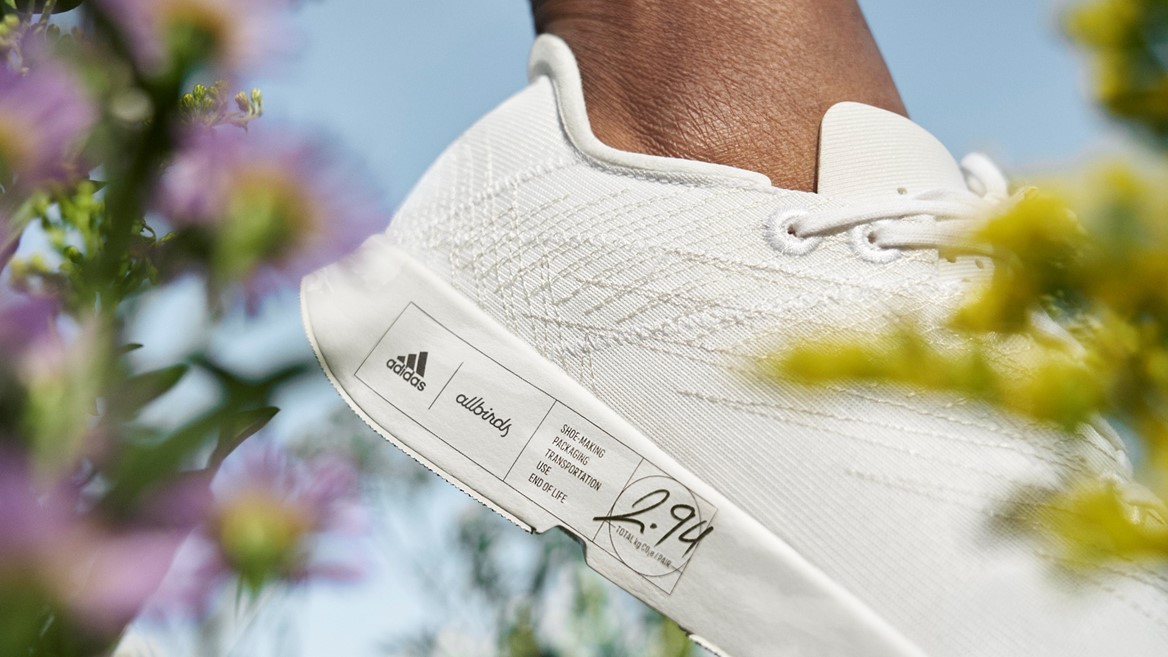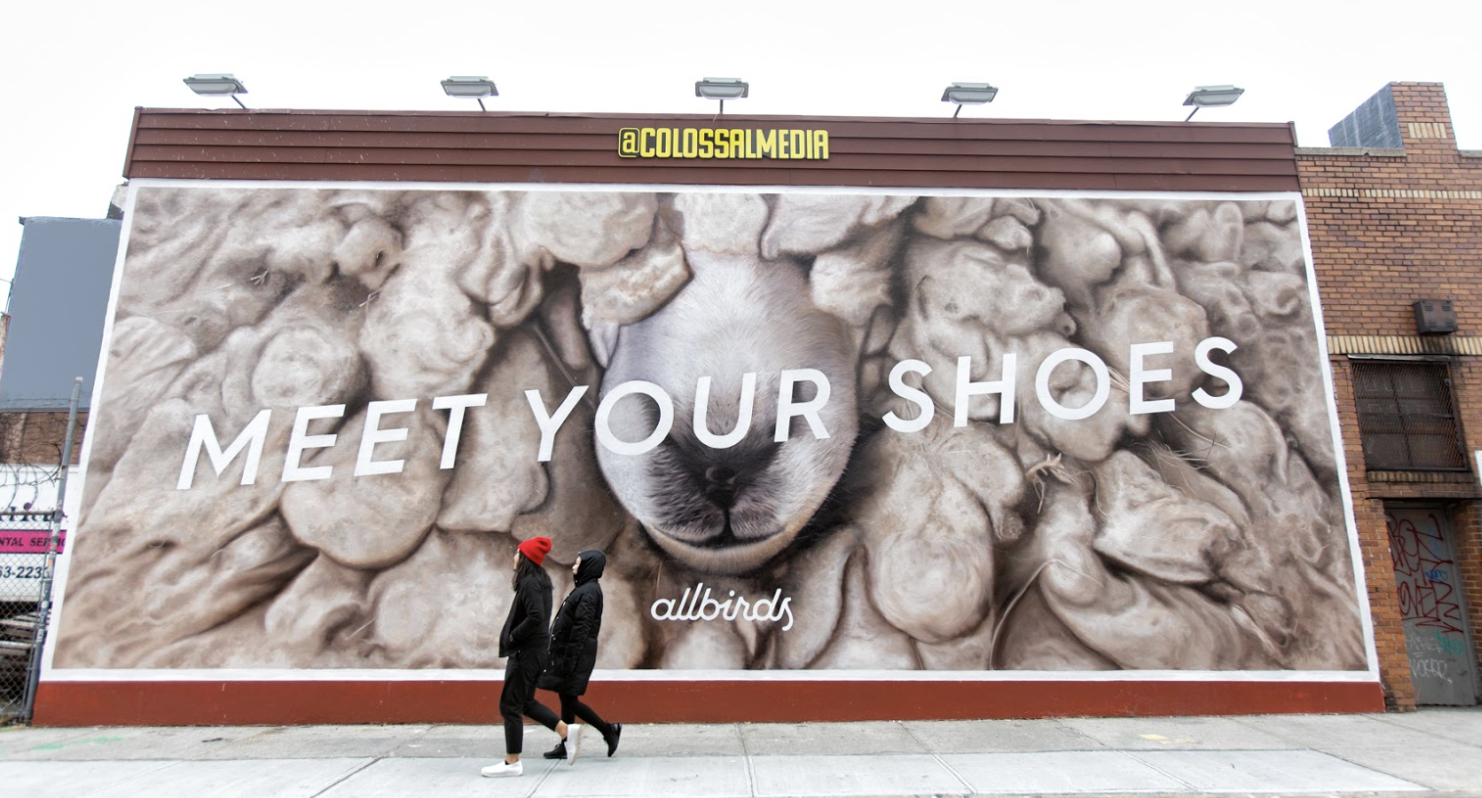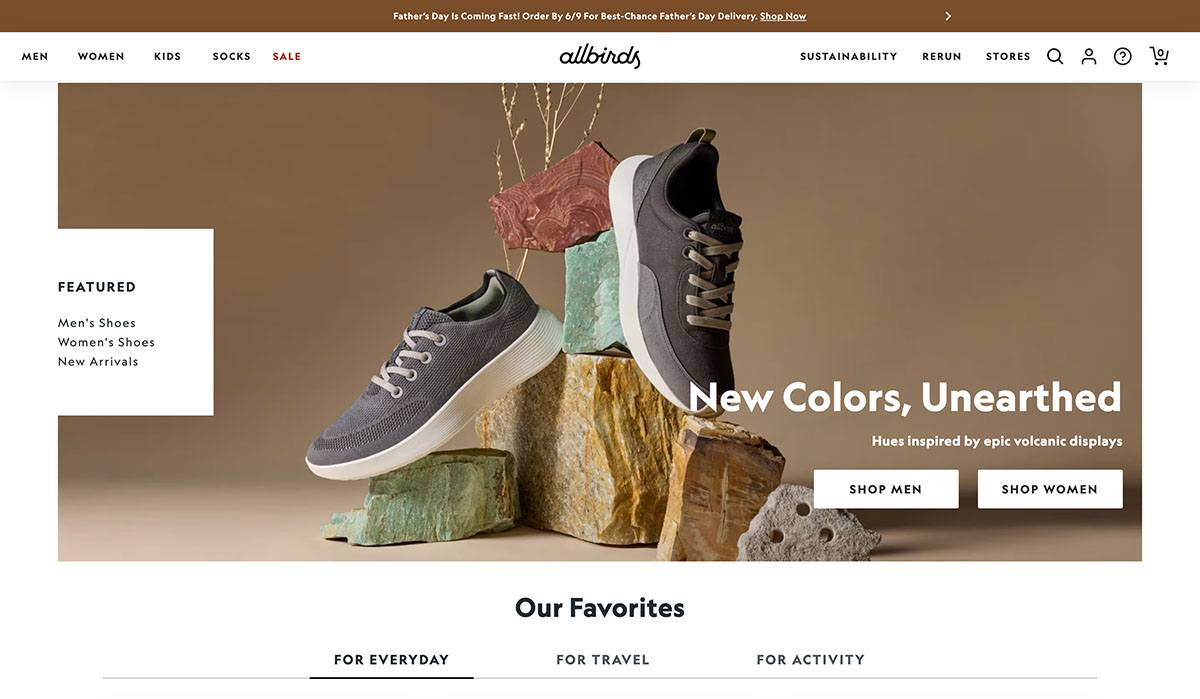Allbirds Revenue, Growth Strategy, and Lessons for Shopify Brands

Allbirds has made waves in the footwear industry with its sustainable materials, minimalist design, and direct-to-consumer model. This article examines the Allbirds revenue journey, growth strategies, and key marketing moves. It also explores the challenges Allbirds has faced and the lessons learned. For Shopify brands, Allbirds offers practical insights on building a purpose-driven, customer-focused business. Explore now!
>> See more:
- 19 Shopify Store Design Tips For Beginners
- Gymshark Net Worth, Revenue and Business Model analysis
- Fashion Nova Net Worth, Revenue and Business Model analysis
Allbirds’ Revenue and Sales Performance Over the Years
Analyzing Allbirds’ financial performance requires examining its annual revenue and sales figures over the past five to ten years. This historical data reveals trends in the company’s growth trajectory.
From 2019 to 2024, Allbirds experienced fluctuating revenue. In 2019, the company reported a revenue of $193.67 million. This marked the beginning of a growth phase, with revenue increasing to $219.30 million in 2020, a growth of 13.23%. The upward trend continued in 2021, with revenue reaching $277.47 million, representing a substantial growth of 26.53% compared to the previous year. The company sustained its growth in 2022, achieving a revenue of $297.77 million, a 7.31% increase from 2021.
However, this growth momentum shifted in subsequent years. In 2023, Allbirds’ annual revenue decreased to $254.06 million, a decline of 14.68% from 2022. This downward trend continued into 2024, with the company reporting an annual revenue of $189.76 million, a significant decrease of 25.31% compared to 2023. These figures indicate a notable deceleration in Allbirds’ revenue growth, transitioning into a period of decline in recent years.
| Year | Revenue (Millions USD) | Change (Millions USD) | Growth (%) |
| 2019 | 193.67 | – | – |
| 2020 | 219.30 | 25.62 | 13.23% |
| 2021 | 277.47 | 58.18 | 26.53% |
| 2022 | 297.77 | 20.29 | 7.31% |
| 2023 | 254.06 | -43.70 | -14.68% |
| 2024 | 189.76 | -64.31 | -25.31% |
The trailing twelve months ending December 31, 2024, show a revenue of $189.76 million. The quarterly revenue for the period ending December 31, 2024, was $55.9 million, representing a 29.9% increase from the previous quarter but a 22.4% decrease year-over-year compared to $72.0 million in the fourth quarter of 2023. This decline in the fourth quarter of 2024 was primarily attributed to lower unit sales within the direct business, as well as the impact of international distributor transitions and planned retail store closures.
Growth Strategies Implemented by Allbirds
Allbirds has pursued various growth strategies focused on product innovation, brand-building, and market expansion.
Product Development
Allbirds differentiates itself through sustainable, innovative materials like merino wool, eucalyptus fiber, and sugarcane-based foam. Its minimalist, eco-friendly designs appeal to environmentally conscious consumers. Starting with a limited catalog, Allbirds has gradually expanded its offerings, including the Wool Runner 2 relaunch and the 2024 debut of M0.0NSHOT—the world’s first net-zero carbon sneakers.

Marketing Campaigns
The brand emphasizes storytelling over traditional performance marketing, building its identity around sustainability, comfort, and simplicity. Key tactics include influencer partnerships, word-of-mouth, SEO, and community-building. Campaigns like “Meet Your Shoes” and collaborations with organizations such as the Audubon Society have boosted brand awareness and engagement.

>> You may also like:
- Fashion Nova Marketing Strategy: An In-Depth Analysis
- Sephora Marketing Strategy: Best Case Study for Shopify brand
Expansion Plans
Allbirds began with a direct-to-consumer model via its website, later expanding into physical retail. Recently, it has slowed store openings to prioritize profitability, planning to close 10–15 U.S. stores in 2024. Internationally, Allbirds is shifting to a distributor model in regions like Canada, South Korea, Australasia, and Japan to scale efficiently.
Allbirds’ Business Model: Direct-to-Consumer and Sustainability
Allbirds’ business model is characterized by its direct-to-consumer (DTC) approach and a strong emphasis on sustainability.
Direct-to-Consumer Strategy
By selling primarily through its website and select physical stores, Allbirds bypasses traditional retail channels. This DTC model gives the company greater control over customer experience, improves profit margins, and provides valuable consumer insights. It also allows for more direct communication about the brand’s mission and values. While the company expanded into brick-and-mortar retail to broaden its reach, recent shifts have focused on slowing store growth and transitioning to distributor partnerships in key global markets.
Sustainability Commitment
Sustainability is embedded in every part of Allbirds’ operations—from using renewable materials like merino wool, eucalyptus fiber, and sugarcane-based foam, to measuring and reducing product carbon footprints. Allbirds has pledged to be carbon neutral and transparently shares its progress, including challenges. Through its “Flight Plan,” the brand aims to cut its carbon footprint significantly by 2030. These initiatives not only resonate with eco-conscious consumers but also drive innovation across the company.
Analysis of Allbirds’ Marketing Strategies
Allbirds’ marketing has been key to building its brand and driving early growth, with a focus on digital presence, social engagement, and consistent brand messaging.
Online Presence
Allbirds relies heavily on its e-commerce site, powered by Shopify, to deliver a clean, mobile-first shopping experience. The website highlights the brand’s core values—sustainability and natural materials—while using customer data to guide product and marketing decisions. A strong focus on SEO and a seamless connection between online and offline experiences support traffic growth and customer retention.

Social Media Engagement
Social platforms like Instagram and Facebook play a major role in connecting with customers. Allbirds shares product stories, encourages user-generated content through hashtags like #WeAreAllbirds, and partners with influencers who reflect its values. These efforts build community and trust while reinforcing the brand’s sustainable mission. The company also uses social feedback to guide product development and educate audiences on environmental issues.

Brand Messaging
Allbirds consistently communicates comfort, simplicity, and sustainability. It positions itself as a thoughtful alternative to mass-market footwear, highlighting natural materials and transparent practices. Storytelling is central to its messaging, helping form emotional connections with eco-conscious consumers. A visually consistent brand presence across all channels further strengthens recognition and loyalty.
Actionable Insights for Shopify Businesses
Drawing from Allbirds’ experiences, Shopify businesses can gain specific insights to inform their decision-making in product development, marketing, and customer engagement.
Product Development
Start small with eco-friendly or ethically sourced products to meet the growing demand for sustainability. Focus on perfecting a few high-quality items and use customer feedback to guide improvements before expanding your catalog.
Marketing
Go beyond product features—tell a compelling brand story that highlights your mission and values. Build community by engaging on social media, encouraging user-generated content, and collaborating with influencers who genuinely align with your brand. Consistent storytelling and purpose-driven messaging can help create deeper customer connections.
Customer Engagement
Direct relationships are key. Provide personalized, responsive service to boost loyalty. Encourage feedback to show customers their voices matter, and use those insights to refine your offerings. Loyalty programs can drive repeat purchases and strengthen long-term relationships.
Strategic Takeaways:
- Focus on a niche with a clearly differentiated product.
- Keep design and messaging simple and aligned with your brand values.
- Scale physical retail cautiously—profitability should guide growth.
- Be transparent about sustainability efforts to build trust and avoid greenwashing.
- Continuously monitor trends, competitors, and performance data to adapt and evolve.
Conclusion
Allbirds revenue and growth path offer a powerful case study for Shopify brands navigating e-commerce and sustainability. The company’s early success was driven by a strong value proposition, authentic branding, and meaningful customer engagement. While recent challenges highlight the importance of adaptability, the foundational strategies that fueled Allbirds’ rise—product differentiation, brand storytelling, community building, and agility—remain highly relevant.
For Shopify businesses, the lesson is clear: staying true to your mission while evolving with the market is key to building a resilient, purpose-driven brand.

